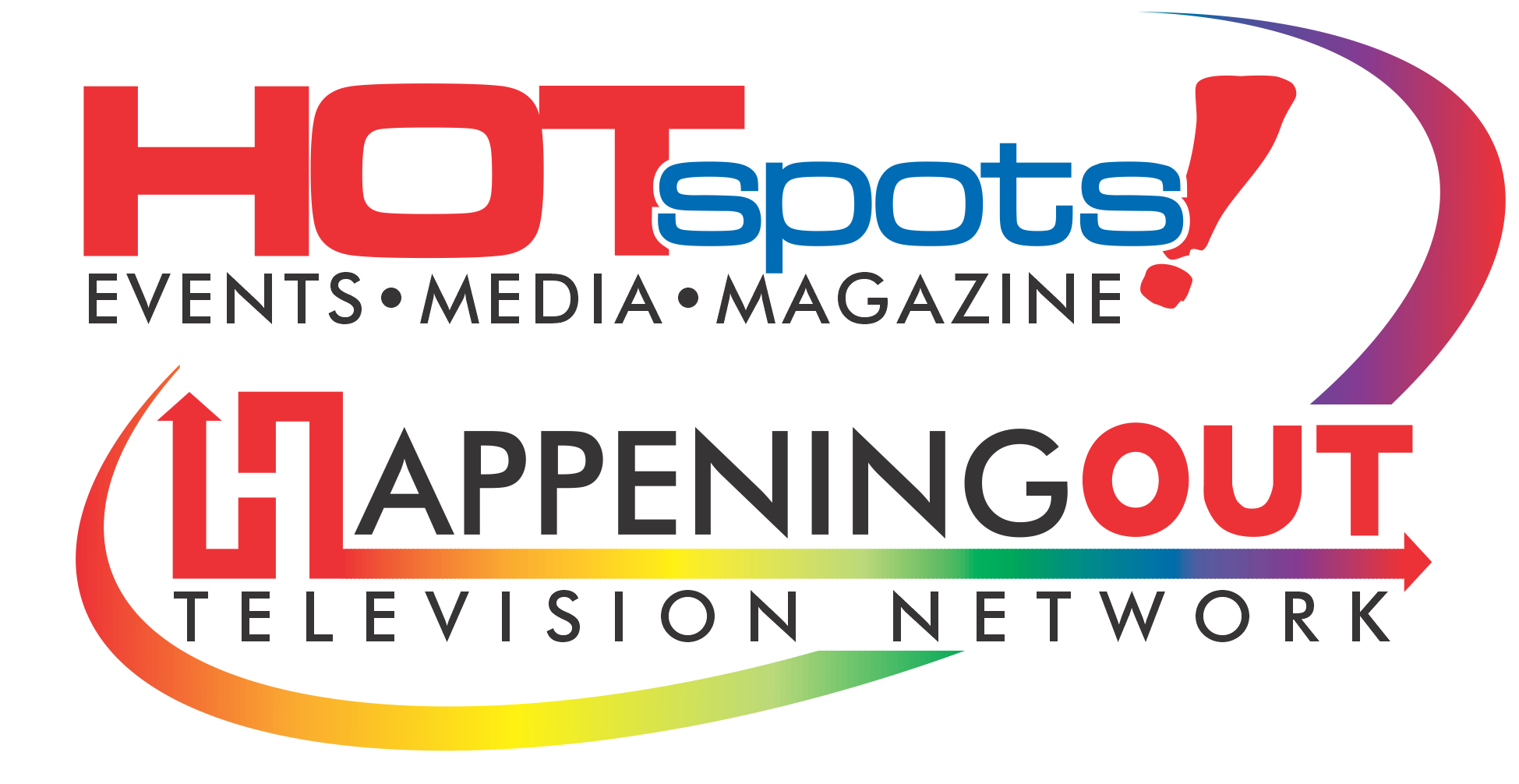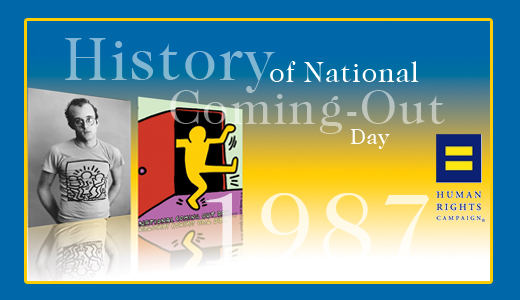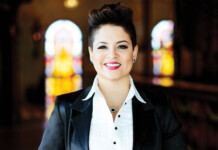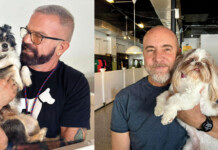
In the Beginning, There Was a March. On Oct. 11, 1987, half a million people participated in the March on Washington for Lesbian and Gay Rights. This was the second such demonstration in our nation’s capital and the first display of the NAMES Project Quilt, remembering those who have died from AIDS. One measure of the march’s success was the number of organizations that were founded as a result — including the National Latino/a Gay & Lesbian Organization (LLEGÓ) and AT&T’s GLBT employee group, LEAGUE.

In the Beginning, There Was a March.
On Oct. 11, 1987, half a million people participated in the March on Washington for Lesbian and Gay Rights. This was the second such demonstration in our nation’s capital and the first display of the NAMES Project Quilt, remembering those who have died from AIDS. One measure of the march’s success was the number of organizations that were founded as a result — including the National Latino/a Gay & Lesbian Organization (LLEGÓ) and AT&T’s GLBT employee group, LEAGUE. The momentum continued four months after this extraordinary march as more than 100 gay, lesbian, bisexual and transgender activists from around the country gathered in Manassas, Va., about 25 miles outside Washington, D.C. Recognizing that the GLBT community often reacted defensively to anti-gay actions, they came up with the idea of a national day to celebrate coming out and chose the anniversary of that second march on Washington to mark it. The originators of the idea were Rob Eichberg, a founder of the personal growth workshop, The Experience, and Jean O’Leary, then head of National Gay Rights Advocates. National Coming Out Day was born.
O’Leary expanded the West Hollywood, Calif., office of NGRA to give National Coming Out Day its first headquarters. She hired staff and began preparations for the big day. Activist Sean Strub got Keith Haring to donate his now-famous image of a person fairly dancing out of a closet. The first National Coming Out Day was celebrated with events in 18 states, and national media attention including The Oprah Winfrey Show, CNN, USA Today and National Public Radio.
Lynn Shepodd, who later became a member of HRC’s board of governors, was part of that first year’s organizing and remembers that the concept wasn’t universally popular in the gay community. “There were some who opined that NCOD was an invasion of privacy because the movement had been based on respecting gay peoples’ private lives,” she says. “It was clear, though, that the community was ready to take its next step and be out. You cannot have an invisible movement.”
The next year, National Coming Out Day headquarters moved to Santa Fe, N.M., where Eichberg could oversee it. Pilo Bueno was hired as national coordinator and expanded events marking the day to 21 states — no mean feat without a computer and relying on a mailing list that was handwritten on a lavender pad. National Coming Out Day is not only celebrated throughout our nation, internationally as well.
Throughout the process of coming out and living ever more openly, you should always be in the driver’s seat about how, where, when and with whom you choose to be open. The HRC designed a guide to help people through that process in realistic and practical terms. It acknowledges that the experience of coming out and living openly covers the full spectrum of human emotion – from fear to euphoria. To download a copy of this guide
go to HRC.org/Documents /ResourceGuide_co.pdf
















